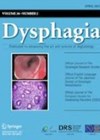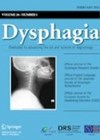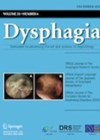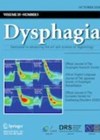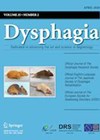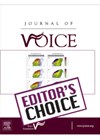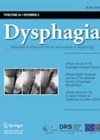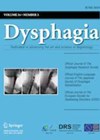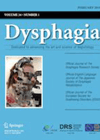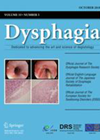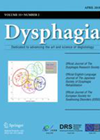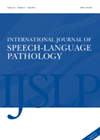
Journal Reviews
All videoswallows are not performed equally…
Videofluoroscopy is one of the main instrumental tools used to assess swallowing biomechanics and physiology. In the UK, it is mainly within the remit of speech and language therapists (SLT) to perform videoswallows but there is considerable variability in both...
Association between dysphagia and sarcopenia: implications for assessment of older people
The onset of swallowing difficulties with progressive age is reported to occur in 13-35% of the elderly population. Sarcopenia is characterised by a decrease in muscle mass, strength and function. Sarcopenic dysphagia is a relatively new term. Its prevalence is...
Cuff up or cuff down; to occlude or not to occlude? What effect does tracheostomy tube modification have on swallowing outcomes?
Dysphagia is commonly seen in patients with tracheostomy. The current global pandemic has increased interest in the impact of a tracheostomy on swallowing outcomes. This systematic review is therefore a timely addition to the literature and a useful read for...
Predicting swallowing outcomes post radiotherapy for head and neck cancer
A videofluroscopic swallow study (VFSS), also known as modified barium swallow (MBS) offers a dynamic view of swallow biomechanics and associated swallowing physiology. The authors of this paper investigated whether quantitative timing and displacement measures of key structures involved in...
Telepractice for the delivery of paediatric feeding services
During the current COVID-19 pandemic, telepractice is being heralded as the safest service delivery mode for the majority of outpatient consultations. Patients are reviewed by their healthcare specialist through video consultations, thus avoiding the need for patients to leave their...
Early injection laryngoplasty for iatrogenic vocal fold movement impairment – a safe and effective treatment
This Ed’s Choice examines the role of early injection laryngoplasty on swallowing dysfunction and is one of a few studies available in the literature. Research on early injection laryngoplasty has been predominately focused on voice and reducing the risk of...
Gastro-oesophageal reflux and cricopharyngeal dysfunction – how do they link?
It has been hypothesised that cricopharyngeal muscle hypertrophy develops as a response to chronic gastro-oesophageal reflux disease. The cricopharyngeus muscle is an important component and contributor to the upper oesophageal sphincter that creates a barrier between the pharynx and oesophagus....
Standardising videofluoroscopy assessment for bottle-fed babies
Swallowing problems in babies may occur for many reasons including complex medical problems, premature birth, and low birth-weight. Dysphagia causes several further morbidities such as poor nutrition and compromised respiration, often raising distress for both infants and their caregivers. Early...
From a dysphagia clinical trial to a multidisciplinary head and neck clinical pathway – the road to implementation
This paper describes the barriers and facilitators to establishing a structured and coordinated multidisciplinary care pathway for patients with head and neck cancer at a medical centre in the USA. The initiative was set in motion by the roll out...
Who finds it hard to swallow?
Early identification of dysphagia in inpatients on acute stroke wards has been recommended as best practice guidelines in many countries. However, several institutions fail to use formal dysphagia screening protocols and rely on informal detection by nurses and doctors. This...
Can laryngeal sensitivity testing predict aspiration and pneumonia in dysphagic patients?
The laryngeal adductor reflex (LAR) is characterised by brief vocal cord closure in response to laryngeal stimulation. It is important in swallowing physiology as it represents a mechanism for airway protection. The authors of this study examined whether the absence...
Help or hinder: how and why do SLTs make clinical decisions around swallowing?
Dysphagia is a relatively common consequence of stroke, with estimates between 50% and 60% of people presenting with swallowing dysfunction following stroke. It is associated with pneumonia, malnutrition and dehydration which in turn lead to increased length of hospital admission,...

